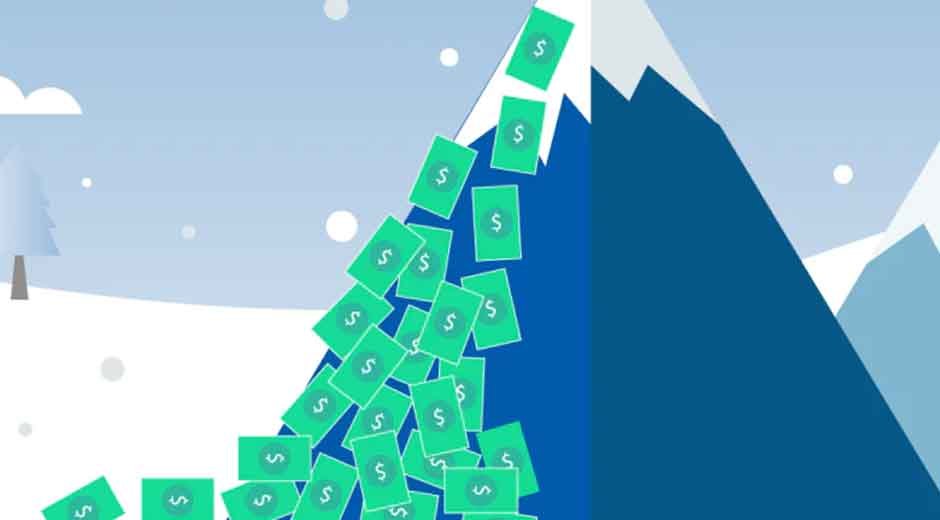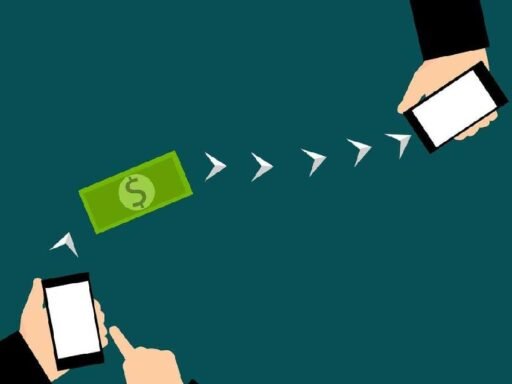This guide compares the debt snowball and debt avalanche repayment methods. The snowball method focuses on psychological wins by paying off the smallest debts first, while the avalanche method prioritizes saving money by targeting high-interest debts first.
The Debt Snowball Method
The debt snowball method is a strategy where you focus on paying off your smallest debts first, regardless of their interest rates. The idea is to build momentum, much like a snowball rolling downhill and growing larger. By knocking out small debts quickly, you gain a sense of accomplishment that fuels your motivation to tackle larger ones.
How the Snowball Method Works
- List Your Debts:Make a list of all your debts, from the smallest balance to the largest.
- Make Minimum Payments:Continue to make the minimum required payment on all your debts.
- Target the Smallest Debt:Allocate any extra money you have toward paying off the debt with the smallest balance.
- Roll Over Payments:Once the smallest debt is paid off, “roll” the payment you were making on it (both the minimum and the extra amount) into the next-smallest debt.
- Repeat and Gain Momentum:Continue this process, rolling over payments from each paid-off debt to the next one on your list. Your payment amount grows with each debt you eliminate, creating a powerful snowball effect.
The Power of Psychological Wins
The primary advantage of the snowball method is its motivational power. Seeing a debt completely disappear provides a quick and tangible victory. This positive reinforcement can be crucial for staying committed to your repayment plan, especially when the road ahead seems long. Each “win” builds confidence and makes it easier to stick with the process long-term.
Example:
Imagine you have the following debts:
- Credit Card A: $500 at 22% APR
- Personal Loan: $2,000 at 10% APR
- Student Loan: $7,000 at 5% APR
With the snowball method, you would make minimum payments on the personal and student loans while putting all extra cash toward paying off Credit Card A. Once the $500 balance is cleared, you would take the money you were paying on that card and apply it to the $2,000 personal loan. After that’s paid off, you’d roll all that money over to tackle the final $7,000 student loan.
The Debt Avalanche Method
The debt avalanche method takes a different approach. Instead of focusing on the size of the debt, this strategy targets the debt with the highest interest rate first. By eliminating high-interest debt, you reduce the total amount of interest you pay over time, which can save you a significant amount of money.
How the Avalanche Method Works
- List Your Debts by Interest Rate:Organize all your debts from the highest annual percentage rate (APR) to the lowest.
- Make Minimum Payments:Make the minimum required payment on all your debts to stay in good standing.
- Target the Highest-Interest Debt:Put any extra money toward the debt with the highest interest rate.
- Roll Over Payments:Once that debt is paid off, apply the full payment amount (minimum plus extra) to the debt with the next-highest interest rate.
- Repeat Until Debt-Free:Continue this process until all your debts are eliminated.
The Benefit of Saving Money
The main appeal of the avalanche method is its financial efficiency. High-interest debt, like that from credit cards, accrues interest costs quickly. By prioritizing these debts, you minimize the extra money you lose to interest charges, allowing you to become debt-free faster and for less money overall. This method is ideal for individuals who are disciplined and motivated by long-term financial gains rather than short-term psychological wins.
Example:
Using the same debts as before:
- Credit Card A: $500 at 22% APR
- Personal Loan: $2,000 at 10% APR
- Student Loan: $7,000 at 5% APR
With the avalanche method, you would prioritize Credit Card A ($500 at 22% APR) because it has the highest interest rate. After paying it off, you would target the personal loan ($2,000 at 10% APR). Finally, you would tackle the student loan ($7,000 at 5% APR). In this specific scenario, the order is the same as the snowball method, but if the student loan had a smaller balance than the personal loan, the order would have differed.
How Your Credit Score Affects Your Loans
While paying down debt, it’s also important to understand how your credit score impacts your financial health. Lenders use this score to determine your creditworthiness for future loans. Improving your credit score can open doors to better interest rates, potentially saving you thousands.
Each loan type has different credit score thresholds. For example, conventional mortgages often require a minimum score of 620, while prime auto loans are typically available to those with scores of 661 and above. Credit union auto loan rates like those in Utah may offer more favorable terms, especially for members with fair to good credit. By making on-time payments and reducing your overall debt, you not only get closer to being debt-free but also improve your credit score, making future borrowing more affordable.
Snowball vs. Avalanche: A Side-by-Side Comparison
| Feature | Debt Snowball | Debt Avalanche |
| Strategy | Pay off smallest debts first | Pay off highest-interest debts first |
| Primary Benefit | Psychological motivation and quick wins | Saves the most money on interest |
| Best For | Individuals who need motivation to stay on track | Individuals who are disciplined and want to minimize costs |
| Potential Drawback | May cost more in total interest over time | Can feel slow at the beginning with no quick wins |
Conclusion
The choice between the debt snowball and avalanche methods depends on individual motivation. The snowball method suits those needing quick progress for motivation, while the avalanche method is for those focused on saving the most money long-term.






